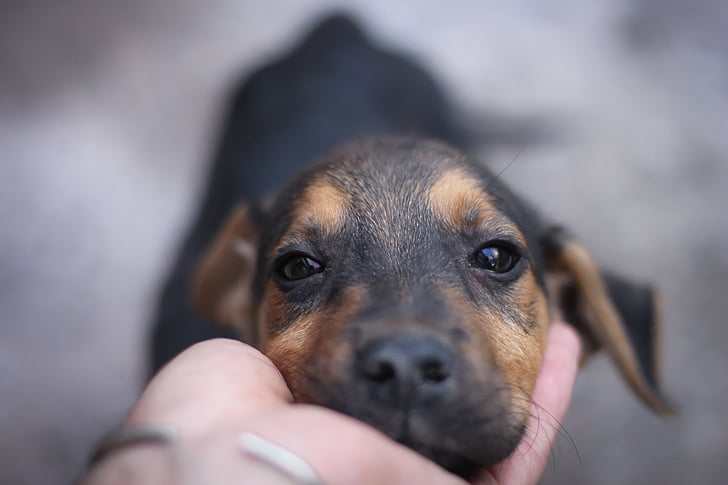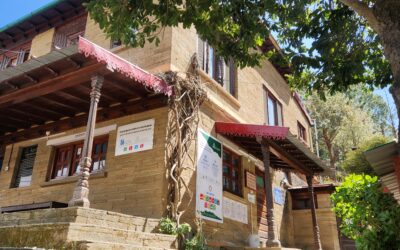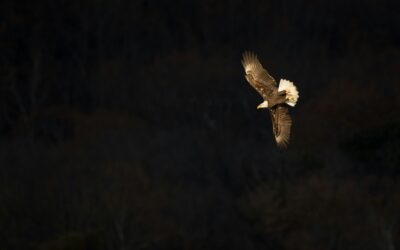Ages and ages before Adam Smith came up with his theory that revolutionized how humans produce things together on a mass scale through industries, and also the act of production to become super-boring for the individuals involved, humans were already using the concept of division of labour in their lives, to a significant extent and in a different manner. Generally speaking, our societies had different people for different jobs and occupations, there’s no denying that, and there was a division of labour on a whole in that way for the society to function rather than for the production of one thing itself which is the modern way.
If one looks deeply and one must, there’s another way there existed a division of labour in our ancestors’ lives – Domestication of fellow humans (read females) and animals (read animals). On a general note, the males did all the hunting and gathering and warring and earning, and the females took to home to tend to their children and household work. Similarly, animals did a lot of the physical work in the fields and humans harvested and bartered and sold the crops and shared, even if of a different and useless kind (for the humans), with the animals as well. All of that still carries to this day and along with the concept of modern division of labour has allowed our civilization to cater to the ever-changing-and-created needs and wants of larger and larger populations this way.
In our species’ journey through time and evolution, another wonderful division of labour enterprise took place in our societies where wolves in return for left-over food became our companions and eventually our guardians to signal alarms about and to shoo away, the other dangerous and ferocious animals from our camps and settlements, and as a result humans were divested of their guarding responsibilities. It was love at first bite and a symbiotic relationship formed between them and us, and slowly and slowly this relationship blossomed into eternal love and as they say love changes the participants, so did wolves and that too dramatically; wolves metamorphosed into tongue-drooping-and-tail-wagging less ferocious animals called dogs! Obviously not suddenly, but with the pressure of time and circumstances and nature.
We, as a species, also changed and developed an affinity for intimacy with dogs. We started loving to pat them, de-lice them, getting licked and kicked by them and running around & playing with them. Love really changes and works, eh! Since ages, this has remained the case and dogs are still around helping us out to deal with things but rather different ones now in modern times, like spooky-and-nasty-neighbors, thieves, lack of love in times of unrequited love, natural disasters, companionship in general and so many others. In human history, there is only one parallel to such an inter-species relationship at a general level, and that is our relationship with the cats. Our relationship with dogs has come to such an extent now that in this naturally selfish-world, we have a selfless and soft spot for them attuned into us by evolution, and we can’t see them getting hurt in anyway. Though it cannot be said that everyone has it for dogs; nature gives and works that way, which is fine! Neither did I have; I do now!

To expand this point further, we do not have the same naturally-attuned concern and love for other organisms like pigs, donkeys and rats let alone for the microscopic ones. But the very fact that we can have such a relationship with dogs says a lot about human species’ potential to rise above the tyranny (metaphorical) of our selfish genes (nature) and care about other organisms (this is also stated by Richard Dawkins, an evolutionary biologist, in his book called The Selfish Gene, but for inter-human relationships; worth reading). From this and all that we know of the world, on an average we can assume that somehow humans have been able to make this world a more symbiotic place, at least amongst dogs and humans. And for a really long period of time (scientific estimation is around 20,000 years), it has been sustained as well. Until, perhaps now.
I have lived in a variety of places during the past three years; Punjab, Himachal Pradesh, Uttarakhand and Gujarat. And I have seen my fair share of stray dogs in those places. It’s a reality that a lot of them are no longer part of a symbiotic relationship with humans, for whatever reasons; they are mere scavengers living off from what people give them or what they can find. A lot of people are working to change this reality in so many places.
And I am happy that there are such people. It can’t be all good suddenly and even after having done a lot of work there will always be areas to work on. In addition to the above I saw one more thing in Bhuj, Gujarat. I had to travel a lot to go to and from my workplace. In my ten months in Bhuj, not a day went by that I didn’t see a dog’s tattered body whose alive-self had been run-over by vehicles. Yes, almost every day, at all times of the day. Some days, I would come across three-four. I couldn’t comprehend why people are in such a hurry there and that too, so consistently. I haven’t had the same experiences anywhere else I have lived, not even my hometown where I have resided the most.
For me, Bhuj became the city of dead dogs and hearts. It felt like the city is regressing on what humans have achieved in the past. In a nihilistic way, nothing at all matters at the end of the day obviously, and we can sidetrack another species as well as we have done so many times in our period of evolution. But there’s a difference today, we are more conscious now of what we do and what we can avoid, and also can develop and maintain a conscience now. There can be a selfless world order.
Why do I have to talk about dogs so much, that too in the form of such a long blog?
Firstly, because I really like dogs and I think what is happening is rather stupid and ignorant of us as a society and secondly, because I really think the relationship we have forged with dogs as a result of evolution is a prime example of symbiotic relationships and if we lose this, then we perhaps lose the chance and understanding to enable similar ones for the larger world as well. Bhuj and even others, hope you take heed from this and your surroundings. The relationship did grow out of the need for division of labour but now we need to work to not lose the flavour of such a beautiful relationship. Let’s lick and bite these problems away!




0 Comments